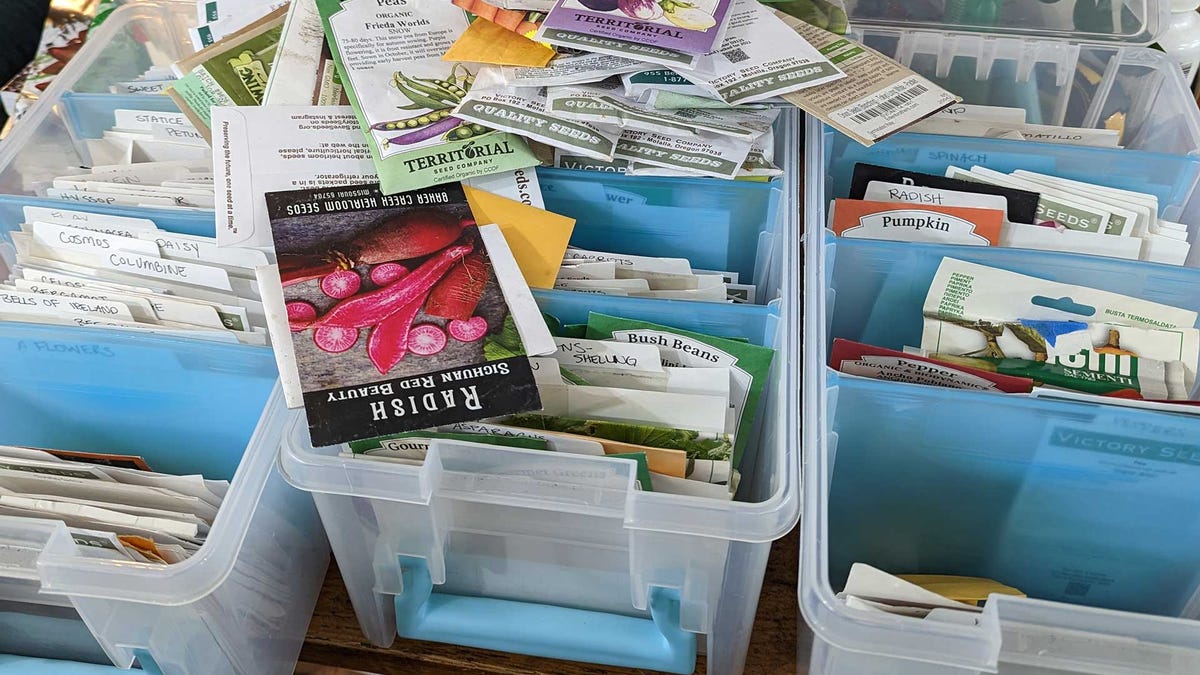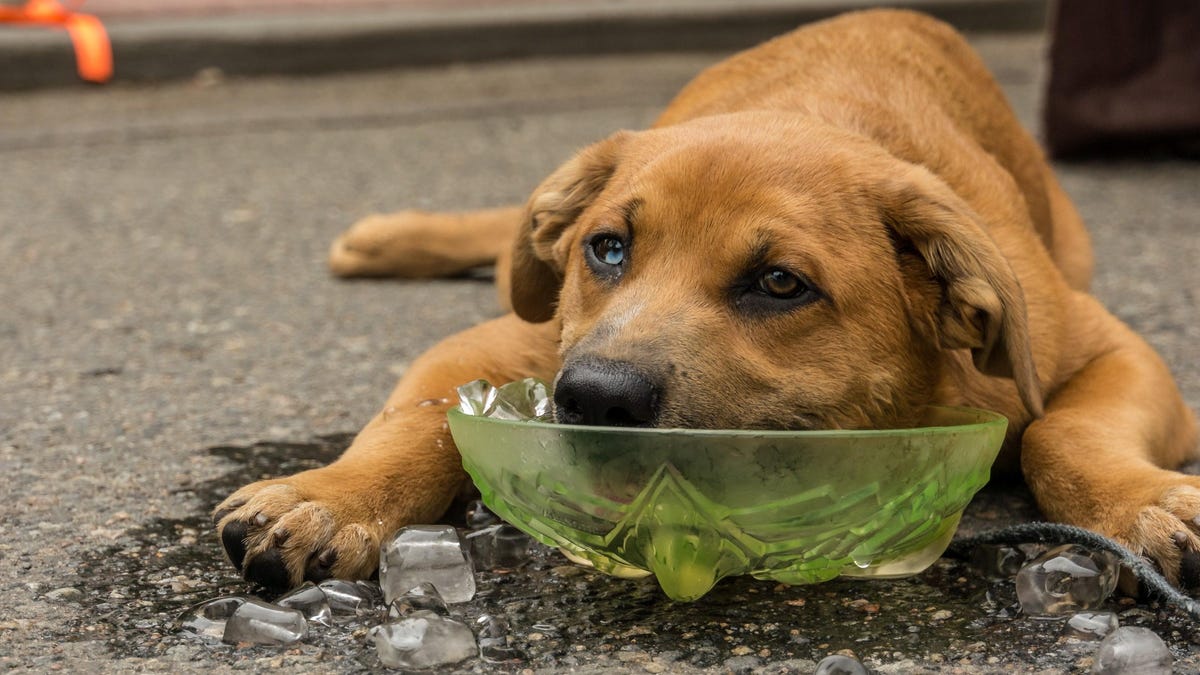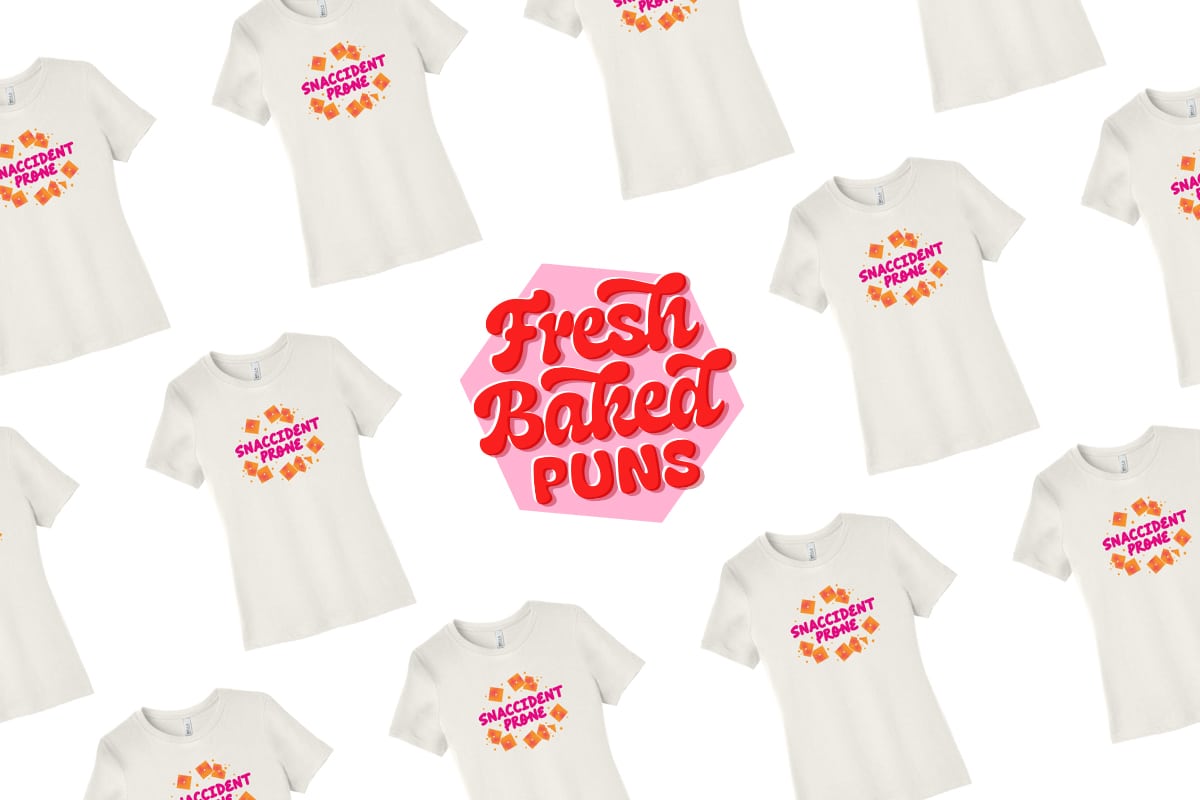The Best Ways to Keep Seeds Organized and Stored All Year
Eventually at some point in your gardening journey, you’re going to run into a predictable problem—where to store all your damn seeds. At first, a box or stack will do, but eventually, you’ll realize you need some sort of...

Eventually at some point in your gardening journey, you’re going to run into a predictable problem—where to store all your damn seeds. At first, a box or stack will do, but eventually, you’ll realize you need some sort of library-esque organization system. Storage is important, because it also affects the viability of your seeds. Here’s what you need to know.
Vegetable and flower seeds have guidelines for how long they’re viable. Once a year, it’s helpful to sort your seeds and make sure you’re clearing out those past their expiration dates. While it’s not a foregone conclusion that older seeds won’t germinate, it’s a risk. Other factors can affect the viability of your seeds, too, including moisture, exposure to light and temperature. Increasingly, you’re seeing seed companies ship seeds in foil-lined packages for this reason, rather than the paper packages of the past. How you choose to store your seeds becomes a real factor in how long the seeds are good for, and that translates to germination rates.
Photo boxes provide airtight storage and organization
One of the most popular ways I see gardeners keep their seeds organized are these photo holders. Seed packets are roughly the same size as photo prints, and one container holds many 4x6 airtight subcontainers.
Pros: The upside is that you can easily keep all your tomatoes together, all your peppers in another subcontainer, all your herbs together, etc. They’re kept away from air exposure, and the light is blocked by the outside container.
Cons: Your organization is limited to these sixteen subcontainers. If you have a seventeenth category, you need another box. Also, if your tomato seeds don’t fit into one subcontainer, you have to overflow to a second. Personally, I find these cumbersome for just thumbing through your seeds.
Binders provide less protection, but are easily expandable
For many years, gardeners have used these binders, slipping seed packets into the clear pockets just like people used to with CDs.
Pros: They are largely expandable and easy to reorganize by inserting new pages just where you need them. It’s easy to access your seeds and flip through to find what you need. A solid colored binder to contain all of the pages would keep most light out.
Cons: The clear sleeves are open, so you’re not really keeping all air and moisture out, and you can lose seeds by just holding the binder upside down. Some pages become bulky due to seed packets.
If you’re saving seeds or love uniformity, this seed saver kit will wow you
I’ve never seen this in action, but if you are saving seeds on your own, this seed-saver briefcase feels like a real pro solution: It’s a light-safe case with sixty seed-saving vials inside and airtight storage.
Pros: Skip the envelopes that don’t want to reseal, and store your seeds in vials and reorganize at will. The case feels safe and durable.
Cons: If you have more seeds than will fit in a vial or seeds too large for a vial (I’m thinking of large beans or corn, peas, etc.), this isn’t a great solution. And as with with other solutions, if you need sixty-one vials instead of sixty, you need a new case.
Keep it simple with storage boxes
Me? I keep things simple. These ArtBoxes are light, easy to organize within, and come with dividers. The handles mean I can grab and go, and they stack. I keep seeds stored in light-safe, lined envelopes.
Pros: They are cheap, simple, and easy to expand (just keep stuffing more in until you really need a new case).
Cons: They’re not light-safe unless you’re using those light-safe envelopes.

 AbJimroe
AbJimroe 
































